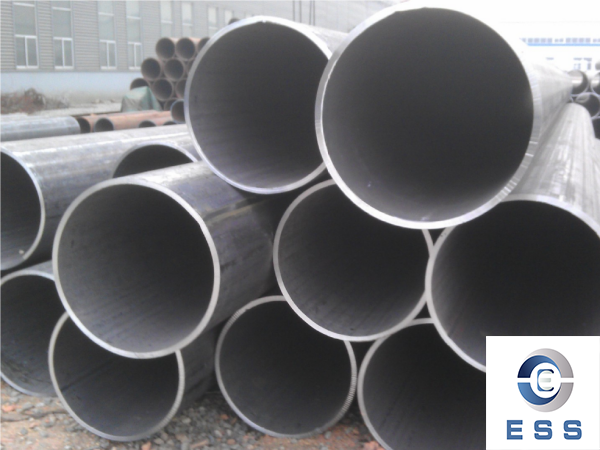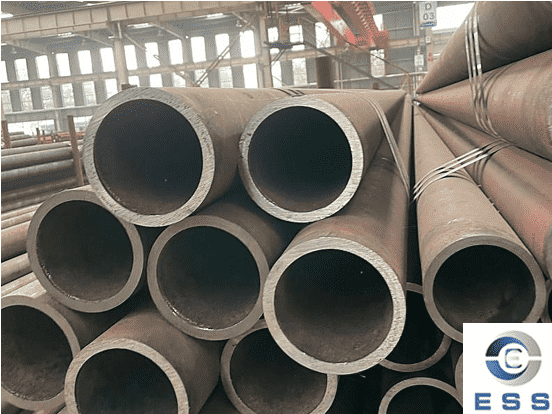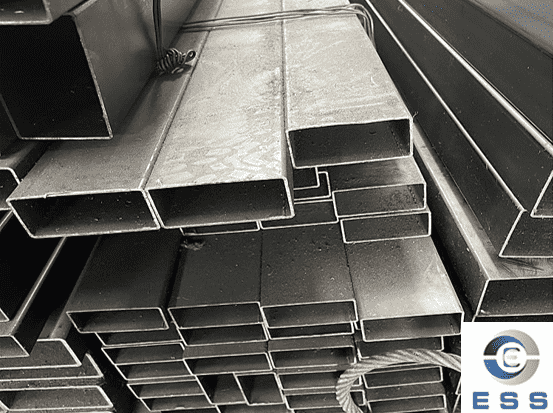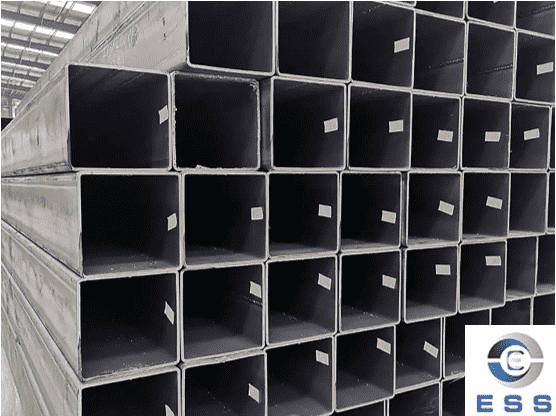Common defects in welded pipe heat treatment process
Welded pipes play a very important role in our lives. The following is an introduction to the common defects of each process based on the heat treatment process of spiral welded pipes.

(1) Defects generated during the heating process. For the heating process, heat treatment heating equipment and heating media must be selected. What happens or easily happens here is that the surface of the part will be affected by the oxidizing heating medium, and the heating temperature exceeds the process requirements. The austenite grains are too coarse and even the grain boundaries melt, which will seriously affect the appearance and internal quality of the parts. Therefore, in the actual process, feasible measures should be taken for such defect analysis.
(2) Defects caused when quenching small-diameter spiral tubes. The parts are cooled after heating and austenite homogenization to obtain the required structural and mechanical properties. At this time, the ideal cooling medium needs to be selected based on the material and specific hardness of the part. The ideal cooling medium is rapid cooling at high temperatures and slow cooling at low temperatures (3o0°C).
Usually the cooling medium is air, water, oil (mineral oil, vegetable oil, etc.) 5% ~ 10% brine, 5% ~ 15% alkaline water, synthetic coolant, water quenching oil cooling, water quenching nitrate cooling, alkaline bath , nitrate bath, chloride salt bath, etc. The cooling performance of these cooling media is very different, especially for salt water, alkaline water, oil, alkali bath, nitrate bath, chloride salt bath, etc. If there is a problem the cooling medium performance will degrade (age) and if not detected in time it will become a significant source of defects. Insufficient hardness, soft spots, quenching cracks and poor deformation of quenched parts are common heat treatment defects.
(3) Defects that will occur during the tempering process. Parts are quenched to obtain a high-hardness quenched martensite structure or a slightly lower hardness lower bainite structure, but the structure at this time is unstable and its brittleness is very high. When used in production, it must be quenched and tempered to obtain the required structure and properties. Therefore, the tempering process parameters will have an important impact on the heat treatment quality of the parts, such as hardness, temper brittleness, temper cracks and other defects. Effective measures must be taken during the tempering process to avoid the above defects.
(4) The surface quenching defect is the overall heat treatment of the part, so that the inside and outside of the part can obtain the required hardness and requirements. The case hardening treatment is used only to harden the surface of the part and the core remains in its structural state before treatment. Therefore, surface quenching temperature, heating time, hardened layer depth, etc. will affect the heat treatment deformation and cracking, hardness level and service life of the parts.
(5) Chemical heat treatment defects of small diameter spiral tubes. The chemical heat treatment of the spiral tube is a heat treatment process that penetrates metal or non-metal atoms on the surface of the part to obtain the required surface properties (such as high wear). This process gives the part composite material dual functions and effects. However, if the process formula, process parameters, etc. are changed improperly, it will lead to deformation and cracking of parts, unqualified structure, unqualified hardness, etc. Therefore, full attention should be paid to the chemical heat treatment of parts, otherwise the parts will completely lose the significance of chemical heat treatment. The heat treatment of parts should be safe, economical and practical, and at the same time, a cool, clean and quiet working environment should be created.
The correct heat treatment process is the premise and foundation to ensure qualified heat treatment quality of parts. Once the above quality problems are discovered, they can be solved from people, machines, materials, methods, links and inspections. Through analysis and judgment, the root cause of the defect can be found.













 Eastern Steel Manufacturing Co.,Ltd not only improve product production and sales services, but also provide additional value-added services. As long as you need, we can complete your specific needs together.
Eastern Steel Manufacturing Co.,Ltd not only improve product production and sales services, but also provide additional value-added services. As long as you need, we can complete your specific needs together.










